To many Americans, Thanksgiving is a time to celebrate. It’s a time when families come together to eat good food, watch a parade and football games, and prepare for Black Friday sales. But sadly, for many Native Americans, this holiday isn’t a day of celebration. Keep reading to learn about the true origins of Thanksgiving and discover new traditions to start with your little feminist.
The Story We Know
The Thanksgiving story that is often shared goes something like this:
- The Pilgrims left England and sailed to America on the Mayflower to escape religious persecution in 1620.
- When the Pilgrims arrived in the New World, they found land that was suitable for growing crops and named it Plymouth. They started to build houses in the winter, but many of them became sick and died.
- In the spring, the Pilgrims were greeted by Samoset and Squanto. Squanto spoke English and helped the Pilgrims survive by showing them how to grow food and hunt.
- To thank the Native Americans for their help, the Pilgrims prepared a feast and invited the Native Americans to eat with them. It was a grand celebration that lasted for three days.
Similar versions of this story can be found in several children’s books and textbooks, but these accounts are from a European perspective and leave out several important details about the Pilgrims’ early years.
The Voyage on the Mayflower
Firstly, the Pilgrims did not sail from England to America because of religious persecution. They sailed from England to Holland for this reason, and they fled England all the way back in 1608. However, after rapidly losing members and money, the Leyden congregation in Holland asked for assistance from England (the country they were so keen to leave) in order to finance a trip to America, where they believed they would do better financially. So, the Pilgrim’s trip to America had very little to do with religious persecution and a whole lot to do with improving their economic standing.
It’s Not a “New World” When People are Already There
Several Thanksgiving accounts state that the Pilgrims came to the New World and called it Plymouth. However, there was nothing “new” about this land because Native Americans were living on it for thousands of years. The land that would be called Plymouth by the Pilgrims was originally called Patuxet by the Wampanoag tribe. Although in 1616, four years prior to the Pilgrim’s arrival, European traders sailed to the area and brought a plague that killed thousands of tribal members. Several others were sold as slaves.
Squanto’s Sad Reality
Yes, Squanto was a Native American who spoke English and was able to help the Pilgrims. This is the part of the story that is often highlighted in the first Thanksgiving re-telling. What isn’t discussed is how Squanto learned English in the first place. Back in 1614, Squanto and several other members of the Patuxet tribe were tricked into boarding the ship of an English trader named Thomas Hunt, who later sold them into slavery in Europe. Squanto then spent several years working for a well-off Englishmen named John Slaney, which is how he learned to speak English. Squanto eventually made it back to his hometown in 1619, but by then, his entire tribe had been wiped out by the plague brought by the English traders in 1616.
An Accidental Feast
We’re all familiar with the Thanksgiving Day illustrations that depict peaceful, happy Pilgrims and Native Americans sitting around a table enjoying a large feast complete with turkey, corn, and potatoes, but these pictures are far from the truth. The Native Americans were never invited to a feast as a thank-you for their generosity towards the Pilgrims. They heard gunfire coming from a Pilgrim village and were concerned about being attacked. This prompted the Wampanoag leader, Massasoit, and several Native American warriors to visit the Pilgrims, and they were invited to stay for a feast upon their arrival. However, there was not enough food for everyone, so Massasoit sent out some of his warriors, who returned with several deer. The feast did, in fact, last for three days, but the menu was quite different from what is typically depicted.
Thanksgiving from a Native American Perspective
While the concept of “giving thanks” is incorporated into Native American culture on a daily basis, the actual Thanksgiving holiday is a time when several Native Americans come together to mourn. The United American Indians of New England declared the fourth Thursday in November as a National Day of Mourning. On this day, Native Americans mourn the theft of their land and the genocide of whole tribes by the hands of the Pilgrims. Schoolchildren often hear about the three-day feast that the Native Americans and Pilgrims shared, but they don’t hear about the Pequot Massacre that took place a few years later. They also don’t hear about how the Pilgrims also stole food from the Wampanoag tribe and robbed their graves, all after the Pilgrims signed a peace treaty with the Native Americans back in the spring of 1621.
Consider Donating
While re-educating and reading Native American literature is a great start, if you’re interested in giving back this holiday season, consider making a donation to the Mashpee Wampanoag Tribe. Unfortunately, this tribe is still currently struggling to gain rights under the U.S. government, which is hampering their ability to preserve their culture.
Read about Native American history by Indigenous Voices
This Thanksgiving, in the midst of food preparations, take the time to re-educate your kids about what really happened during this period in history and consider adding in some new holiday traditions. We recommend spending some time learning more about the real history of Native Americans, written by Native Americans. Below is a list of books to help you on your learning journey:
On the Trapline
- For ages 2-4
The beautiful book is about a boy and his grandpa who go to visit the trapline where the grandpa grew up and there are messages throughout of connection across generations, celebrating Indigenous culture and traditions.
What We Love: The imaginative story honors intergenerational relationships and connections to the land. The author’s note is touching and describes reconciliation as more than “healing from trauma. It’s connecting, or reconnecting, with people, culture, language, and community.”
Things to Know: A trapline is where people hunt and live off the land and the book shares the history of the trapline over two generations. The story introduces readers to places that hold meaning for Indigenous people and the Cree language. Words and their definitions are featured on each page, including a glossary.
The People Shall Continue
- For ages 1-8
Written in beautiful verse, The People Shall Continue is a bittersweet look at history from a Native American perspective.
What We Love: This book covers a broad range of history, spanning all the way from creation to the period where Native Americans are forced to live on reservations. Additionally, The People Shall Continue fights the concept that Native American culture no longer exists.
Things to Know: Since many Native American stories are told aloud, this book is written in rhythmic verse that mimics the pattern used in traditional oral storytelling.
Go Show the World: A Celebration of Indigenous Heroes
- For ages 7-9
Author (and musician) Wab Kinew has created a rap celebrating the story of Indigenous people throughout time.
What we love: Lyrical text with poignant illustrations, Go Show the World, belongs in every school library to remind people that Indigenous communities and cultures are still here.
Things to know: Thank goodness the back of the book contains biographical descriptions for every person featured in the book because we knew very little about the famous folx featured!
Young Water Protectors: A Story About Standing Rock
- For ages 7-9
Aslan Tudor shares his inspiring experiences in the Oceti Sakowin Camp at Standing Rock and his arrival to North Dakota to help stop the pipeline.
What We Love: The book is written by a kid age eight! In Young Water Protectors, Aslan Tudor’s powerful first-hand experiences at the Standing Rock protests show thriving present-day Indigenous communities.
Things to Know: A Water Protector is someone who protects the water from pollution. Water and land are sacred to Native Americans, and the books help to understand how harmful pollution is to their homelands.
When I Was Eight
- For ages 7-9
The story of Olemaun is the story of so many Indigenous children who were forced into residential schools that destroyed and vilified indigenous cultures. Drawing on her childhood experiences, Inuvialuit author Margaret Pokiak-Fenton and her daughter-in-law Christy Jordan-Fenton, tell a history we all must know.
What We Love: We love When I Was Eight for Olemaun’s ingenuity, courage, and the way she stands strong in who she is. It may be hard to learn about the difficult parts of history, but we do it to acknowledge past atrocities and to raise our children to do better.
Things to Know: If you are looking to read more about Olemaun’s story when she goes back home, check out the sequel Not My Girl.
We hope your Thanksgiving holiday is full of good food, thankfulness, and the joy of learning!
SOURCES
Native Hope . (n.d.). What Does Thanksgiving Mean to Native Americans? . Retrieved from Native Hope : https://blog.nativehope.org/what-does-thanksgiving-mean-to-native-americans
Republic of Lakotah . (n.d.). Cooking the History Books: The Thanksgiving Massacre. Retrieved from Republic of Lakotah : http://www.republicoflakotah.com/2009/cooking-the-history-books-the-thanksgiving-massacre/
Sherman, S. (2019, November 11th). The Thanksgiving Tale We Tell Is a Harmful Lie. As a Native American, I’ve Found a Better Way to Celebrate the Holiday . Retrieved from TIME : https://time.com/5457183/thanksgiving-native-american-holiday/
Srinivasan, B. (2018, April 6th). Who Paid for the Mayflower? . Retrieved from Foundation of Economic Education : https://fee.org/articles/who-paid-for-the-mayflower/
Tirado, M. (2011, November 23rd). The Wampanoag Side of the First Thanksgiving Story . Retrieved from Indian Country Today : https://indiancountrytoday.com/archive/the-wampanoag-side-of-the-first-thanksgiving-story-TmMLTgQs40aJT_n9T3RMIQ
Toensing, G. C. (2017, April 1st). Native History: First Wampanoag-Pilgrim Treaty Signed on April Fools’. Retrieved from Indian Country Today: https://indiancountrytoday.com/archive/native-history-first-wampanoag-pilgrim-treaty-signed-on-april-fools-yMBKHlUG1Um0bXtNi2VVLQ
Woolf, C. (2014, November 17th). Native Americans get the chance to tell their side of the Pilgrim story. Retrieved from The World : https://www.pri.org/stories/2014-11-17/native-americans-get-chance-tell-their-side-pilgrim-story
Zinn Education Project . (n.d.). May 26th, 1637: Pequot Massacre. Retrieved from Zinn Education Project : https://www.zinnedproject.org/news/tdih/pequot-massacre/


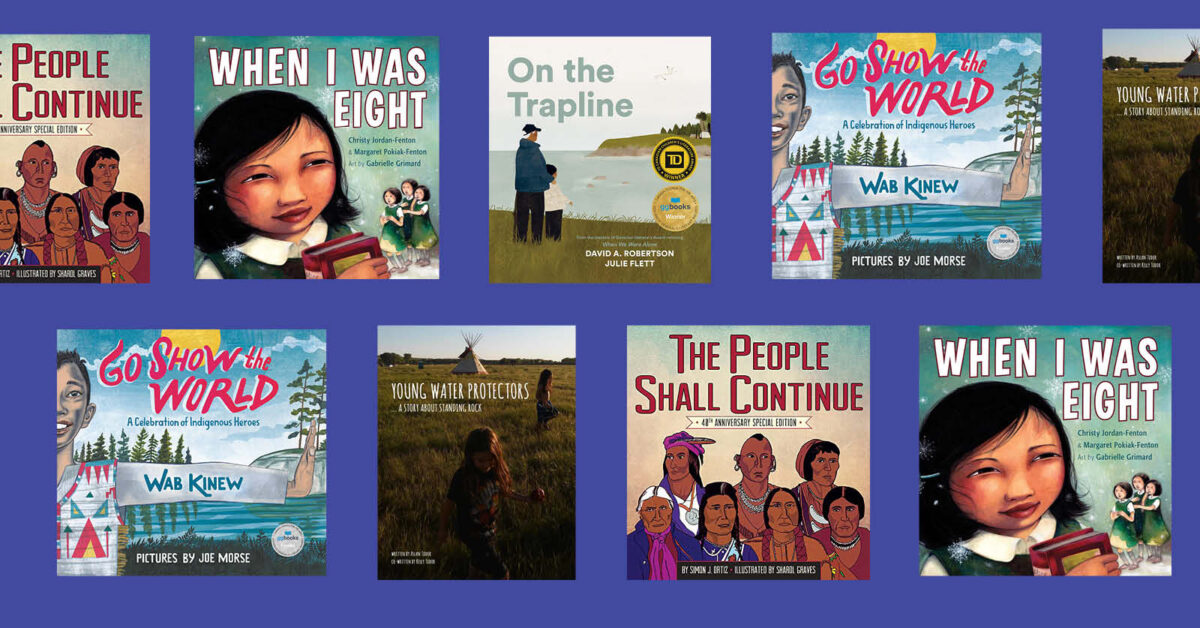
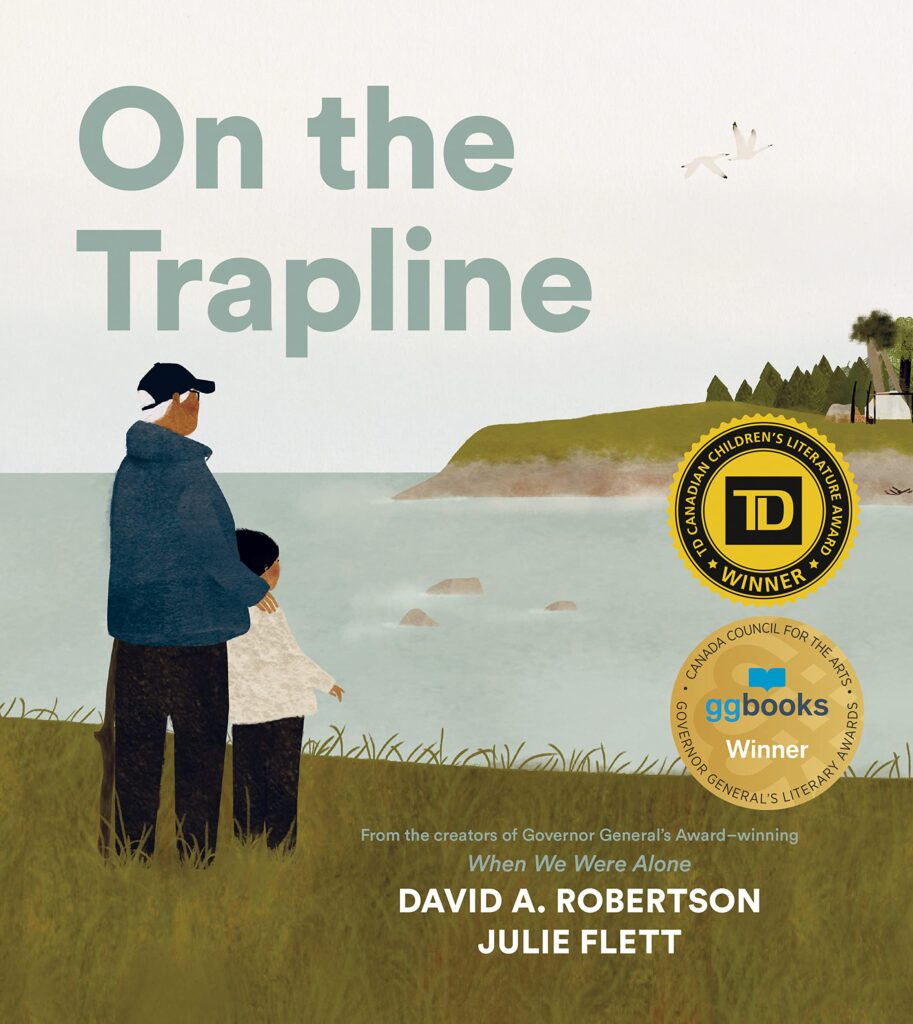
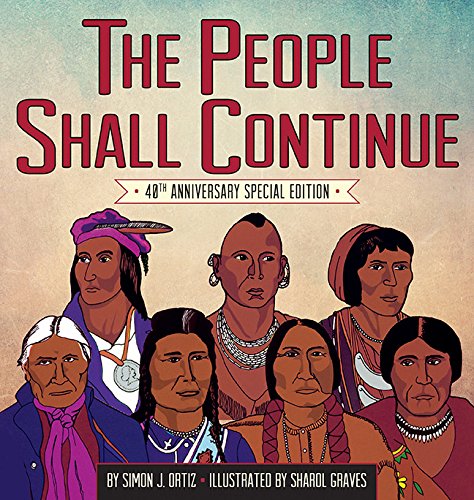
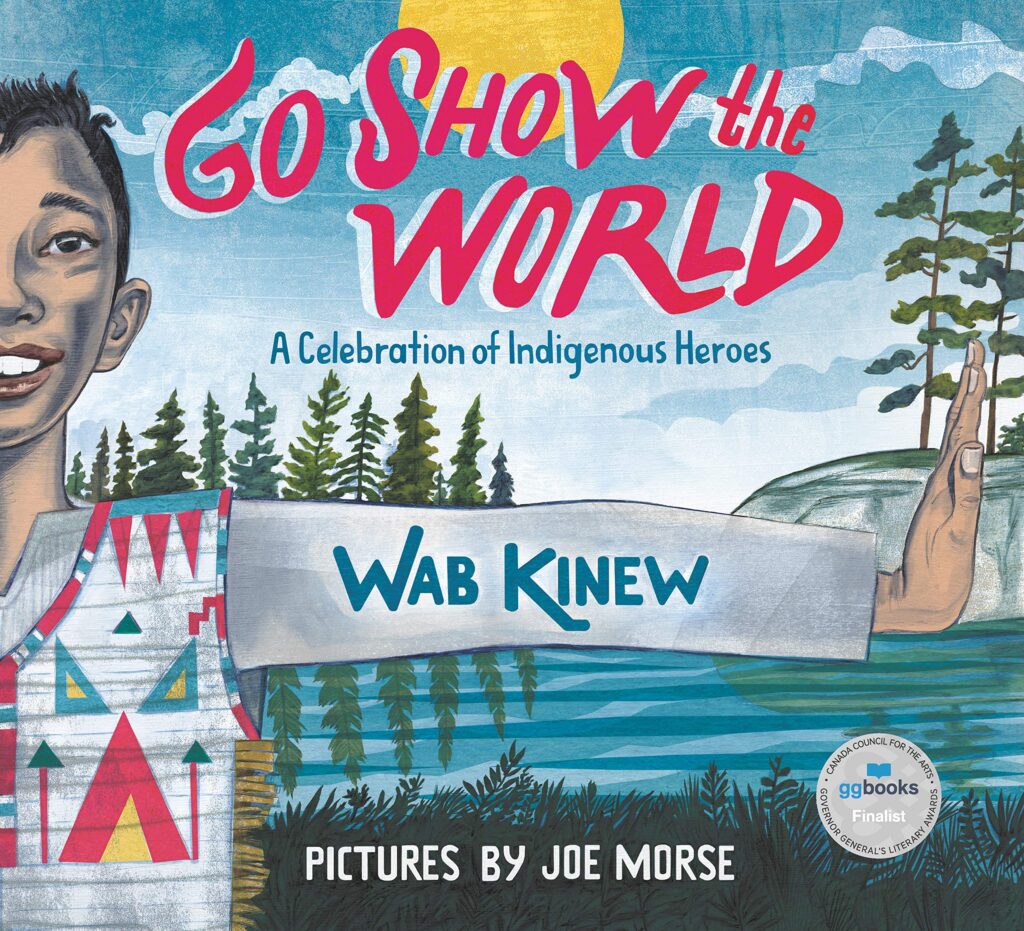
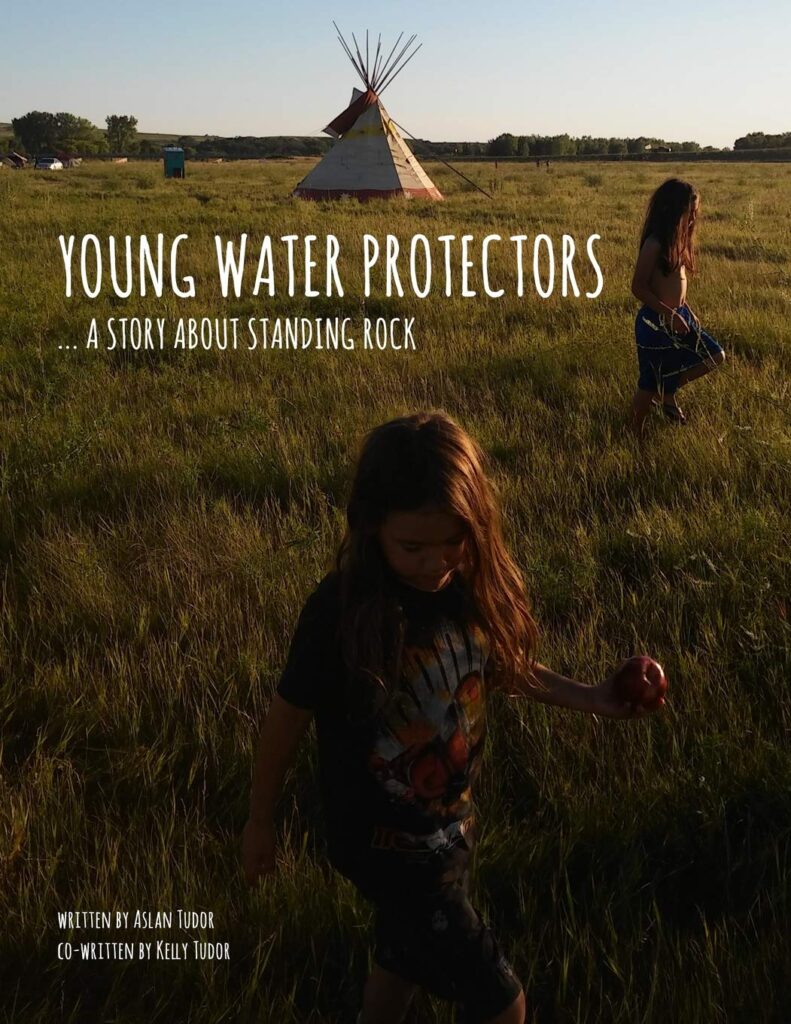

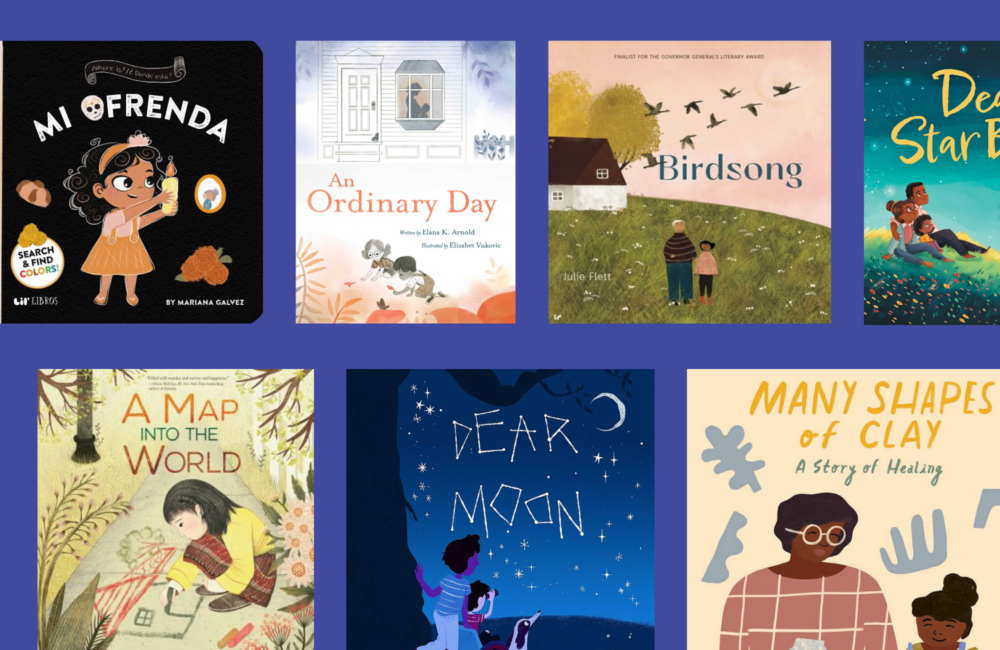
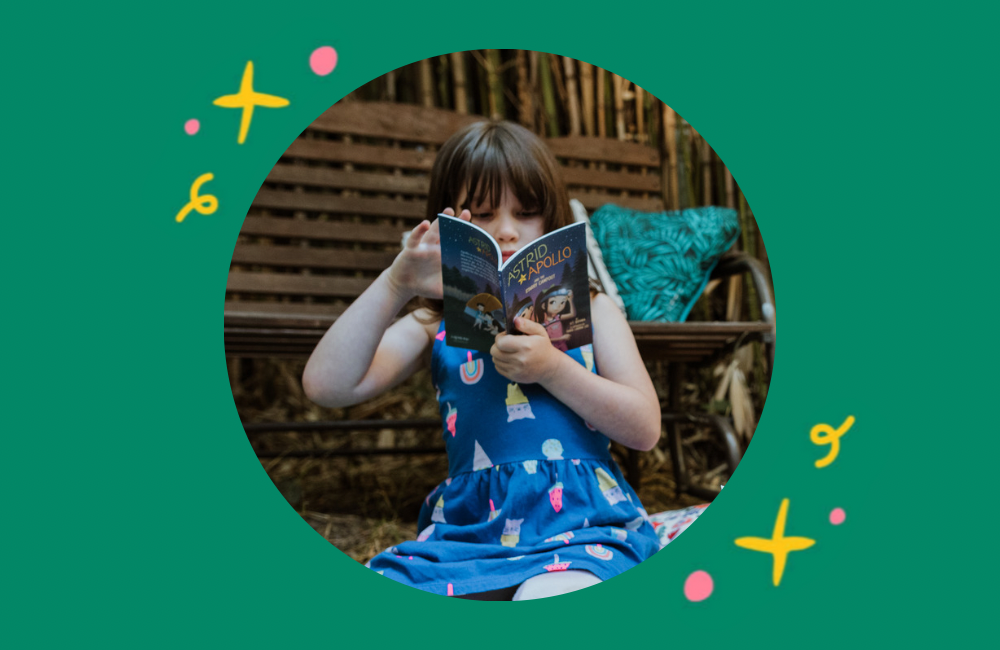
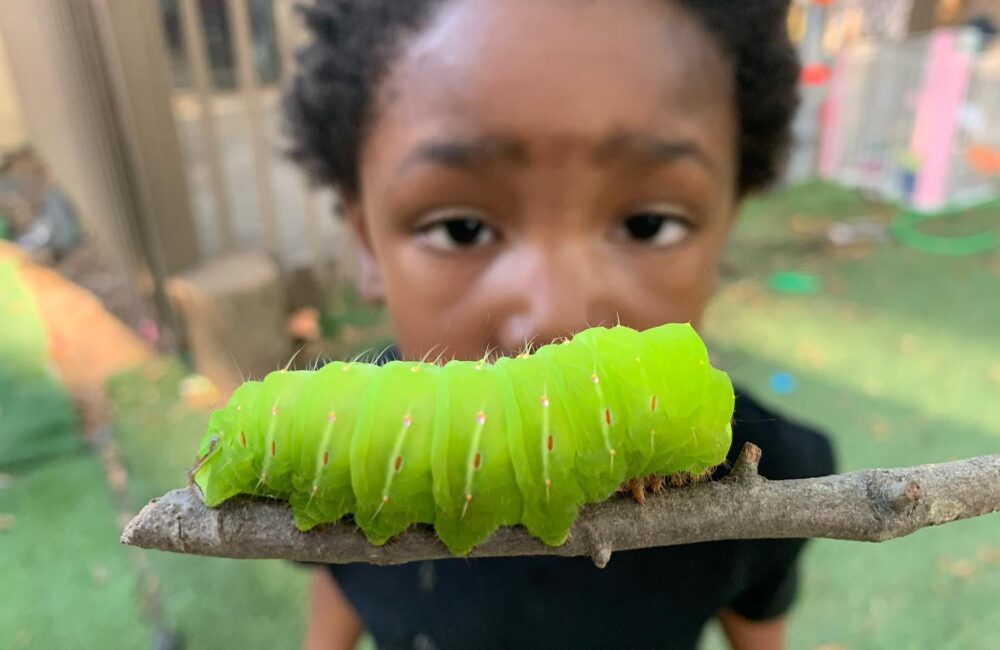
 in Oakland, CA
in Oakland, CA